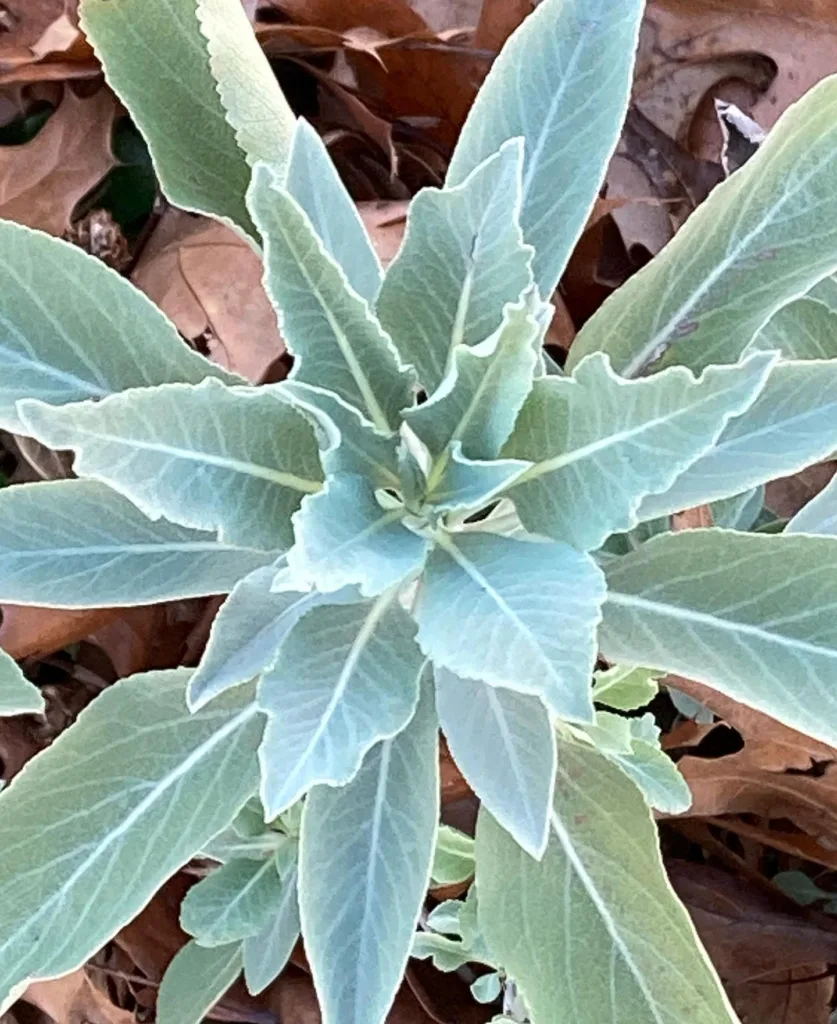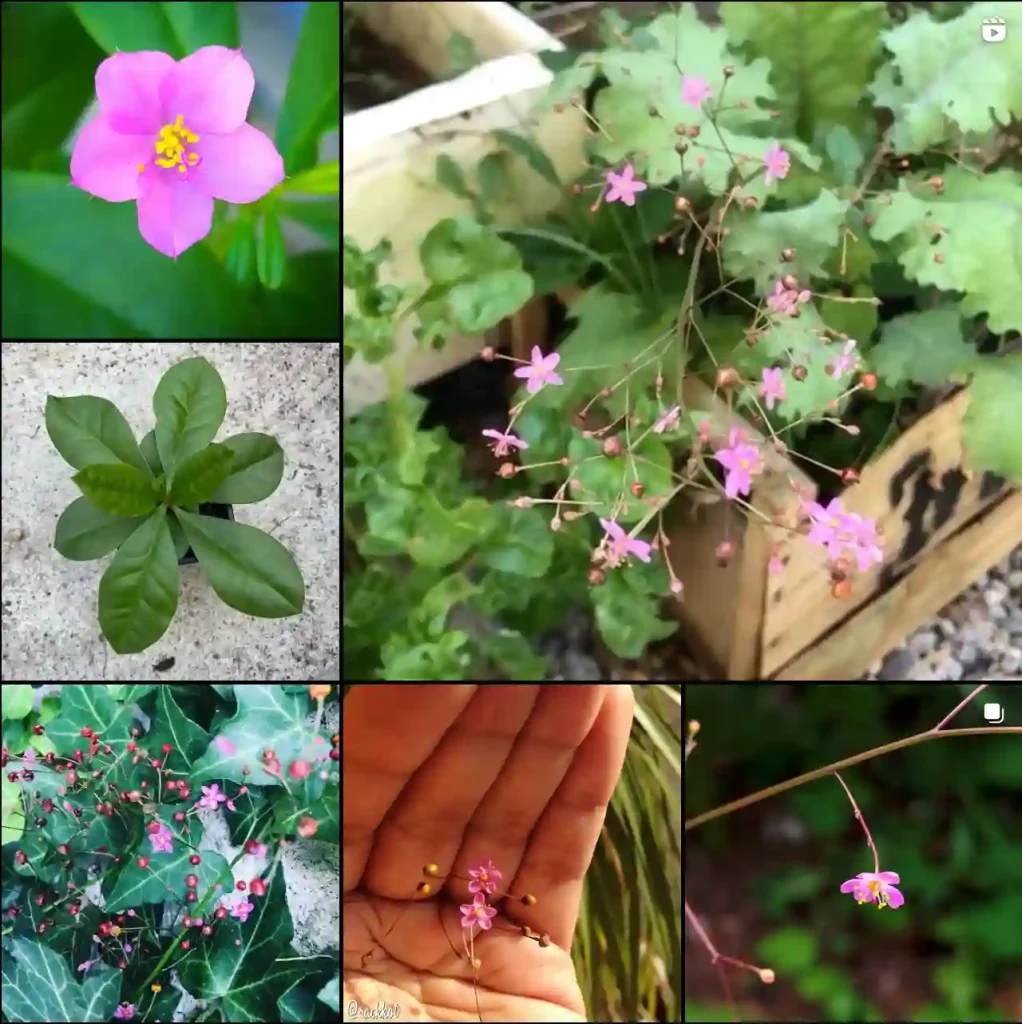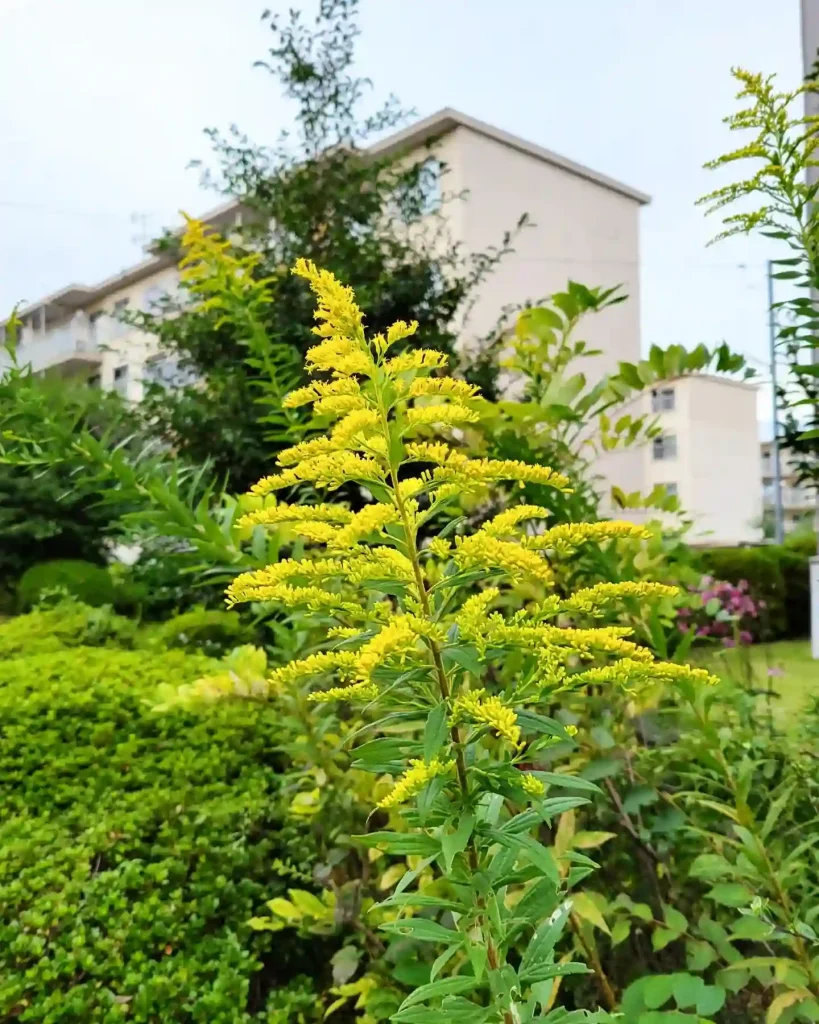My Fascination with the Cyperaceae Family
In the tapestry of botanical wonders, there exists a family of plants that often goes unnoticed, their subtle elegance overshadowed by their more flamboyant counterparts. But for those with a keen eye for detail and a love for the understated, the Cyperaceae family, also known as the sedge family, offers a world of intrigue and fascination.
I, Ferb Vu, have long been captivated by these unassuming plants. Their delicate, grass-like appearance belies their resilience and adaptability, thriving in a variety of habitats from wetlands and marshes to arid grasslands and even alpine tundra.
Unveiling the Cyperaceae Family
The Cyperaceae family boasts a remarkable diversity, comprising over 5,500 species across 93 genera. While often mistaken for grasses, sedges possess several distinct characteristics that set them apart. Their stems are typically solid and triangular in cross-section, a feature that has earned them the mnemonic “sedges have edges.” Their leaves are arranged in three ranks, and their flowers are small and inconspicuous, often clustered in spikelets.
From the towering papyrus of ancient Egypt, used to create the first paper, to the ubiquitous nutsedge, a common weed in lawns and gardens, the Cyperaceae family plays a significant role in both human culture and natural ecosystems.
Exploring the Genera
The Cyperaceae family encompasses a vast array of genera, each with its unique characteristics and ecological niche. Let’s delve into members of this fascinating family:
- Carex: The largest genus in the family, Carex comprises over 2,000 species of sedges found in a variety of habitats worldwide. These plants play a crucial role in wetland ecosystems, providing food and shelter for numerous animals. – 2324 Species in Genus Carex
- Cyperus: This genus includes several economically important species, such as papyrus and chufa, a plant cultivated for its edible tubers. – 957 Species in Genus Cyperus
- Eleocharis: Commonly known as spikerushes, these plants are characterized by their slender, cylindrical stems and solitary spikelets. – 307 Species in Genus Eleocharis
- Eriophorum: Cotton grasses are a beloved sight in northern wetlands, their fluffy white seed heads adding a touch of ethereal beauty to the landscape.
- Rhynchospora: Beaked rushes are named for their distinctive, beak-like fruits. These plants are often found in wetlands and bogs.
- Schoenoplectus: This genus includes several species of bulrushes, tall, robust plants that thrive in marshes and along lakeshores.
- Scirpus: Clubrushes are similar in appearance to bulrushes but are generally smaller in stature.
- Abildgaardia Vahl
- Actinoschoenus Benth.
- Actinoscirpus (Ohwi) R.W.Haines & Lye
- Afroscirpoides García-Madr. & Muasya
- Afrotrilepis (Gilly) J.Raynal
- Ammothryon R.L.Barrett, K.L.Wilson & J.J.Bruhl
- Amphiscirpus Oteng-Yeb.
- Anthelepis R.L.Barrett, K.L.Wilson & J.J.Bruhl
- Arthrostylis R.Br.
- Becquerelia Brongn.
- Bisboeckelera Kuntze
- Blysmus Panz. ex Schult.
- × Bolboschoenoplectus Tatanov
- Bolboschoenus (Asch.) Palla
- Bulbostylis Kunth
- Calliscirpus C.N.Gilmour, J.R.Starr & Naczi
- Calyptrocarya Nees
- Capeobolus Browning
- Capitularina J.Kern
- Carpha Banks & Sol. ex R.Br.
- Caustis R.Br.
- Cephalocarpus Nees
- Chamaedendron (Kük.) Larridon
- Chorizandra R.Br.
- Chrysitrix L.
- Cladium P.Browne – 3 Species in Genus Cladium
- Coleochloa Gilly
- Costularia C.B.Clarke
- Cryptangium Schrad. ex Nees
- Cyathochaeta Nees
- Cyathocoma Nees
- Didymiandrum Gilly
- Diplacrum R.Br.
- Diplasia Pers.
- Dracoscirpoides Muasya
- Dulichium Pers.
- Erioscirpus Palla
- Evandra R.Br.
- Exocarya Benth.
- Exochogyne C.B.Clarke
- Ficinia Schrad.
- Fimbristylis Vahl
- Fuirena Rottb.
- Gahnia J.R.Forst. & G.Forst.
- Gymnoschoenus Nees
- Hellmuthia Steud.
- Hypolytrum Pers.
- Isolepis R.Br.
- Khaosokia D.A.Simpson, Chayam. & J.Parn.
- Koyamaea W.W.Thomas & G.Davidse
- Krenakia S.M.Costa
- Lagenocarpus Nees
- Lepidosperma Labill.
- Lepironia Pers.
- Machaerina Vahl
- Mapania Aubl.
- Mesomelaena Nees
- Microdracoides Hua
- Morelotia Gaudich.
- Neesenbeckia Levyns
- Nelmesia Van der Veken
- Netrostylis R.L.Barrett, J.J.Bruhl & K.L.Wilson
- Oreobolus R.Br.
- Paramapania Uittien
- Phylloscirpus C.B.Clarke
- Pseudoschoenus (C.B.Clarke) Oteng-Yeb.
- Ptilothrix K.L.Wilson
- Reedia F.Muell.
- Rhodoscirpus Léveillé-Bourret, Donadío & J.R.Starr
- Rhynchocladium T.Koyama
- Schoenoplectiella Lye
- Schoenus L.
- Scirpodendron Zipp. ex Kurz
- Scirpoides Ség.
- Scleria P.J.Bergius
- Scleroschoenus K.L.Wilson, J.J.Bruhl & R.L.Barrett
- Sumatroscirpus Oteng-Yeb.
- Tetraria P.Beauv.
- Trachystylis S.T.Blake
- Trianoptiles Fenzl ex Endl.
- Trichophorum Pers.
- Trichoschoenus J.Raynal
- Tricostularia Nees ex Lehm.
- Trilepis Nees
- Xyroschoenus Larridon
- Zameioscirpus Dhooge & Goetgh.
- Zulustylis Muasya
The Allure of the Unseen
While the Cyperaceae family may not boast the showy blooms of orchids or the majestic stature of redwoods, their subtle beauty and ecological importance are undeniable. These plants play a vital role in maintaining the health of wetlands, providing habitat for countless species and filtering pollutants from water.
As I continue to explore the world of sedges, I am constantly reminded of the allure of the unseen. In a world that often values the flashy and the flamboyant, it is the quiet, understated elegance of plants like sedges that truly captures my heart. Their resilience, adaptability, and ecological significance serve as a testament to the power of nature’s understated wonders.
So the next time you find yourself wandering through a wetland or along a lakeshore, take a moment to appreciate the delicate beauty of the sedges. Their subtle charm and ecological importance are a reminder that even the most unassuming plants can hold a world of fascination.
If i die, water my plants!



